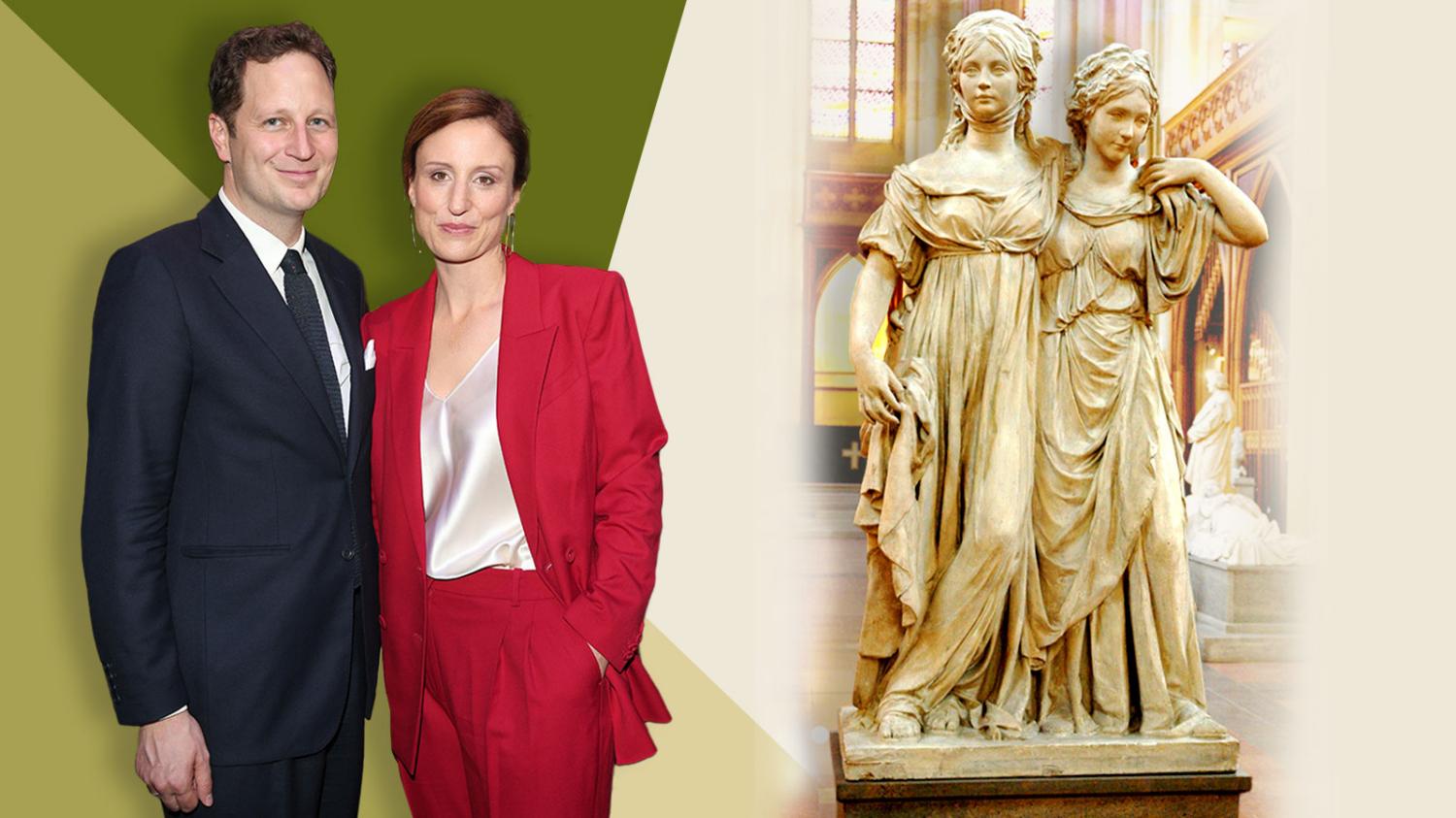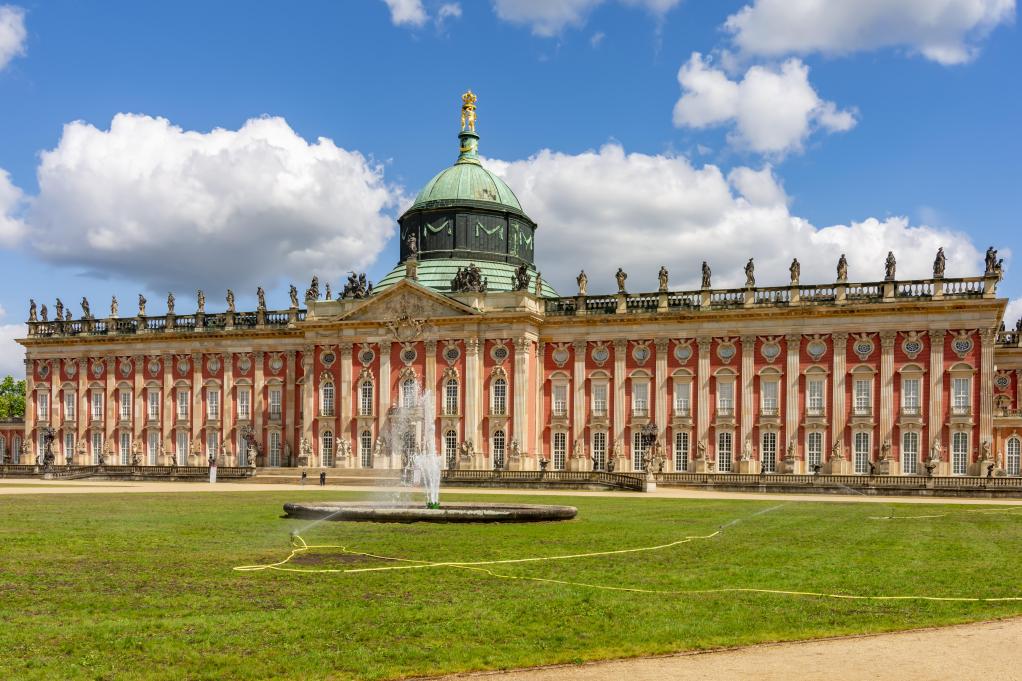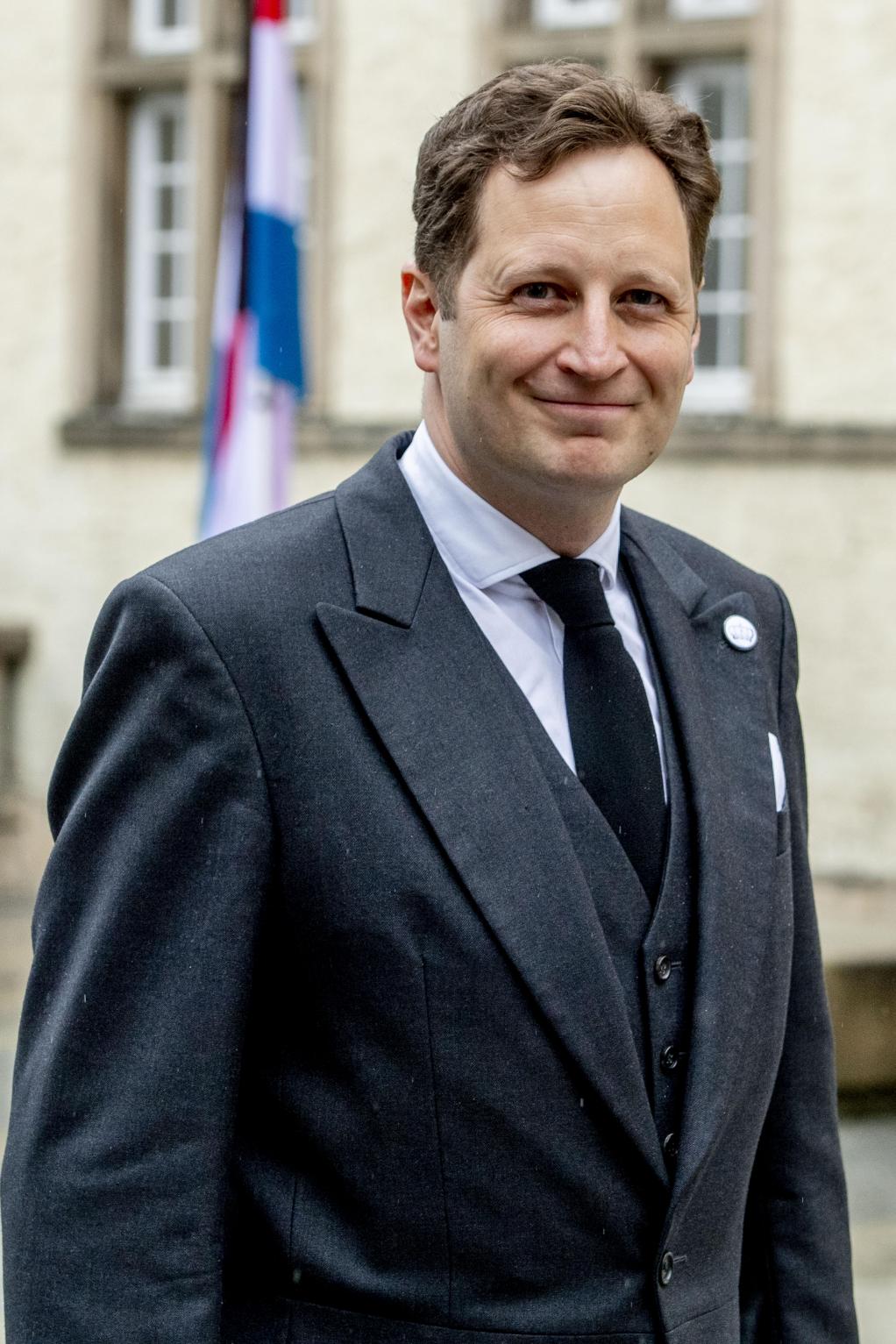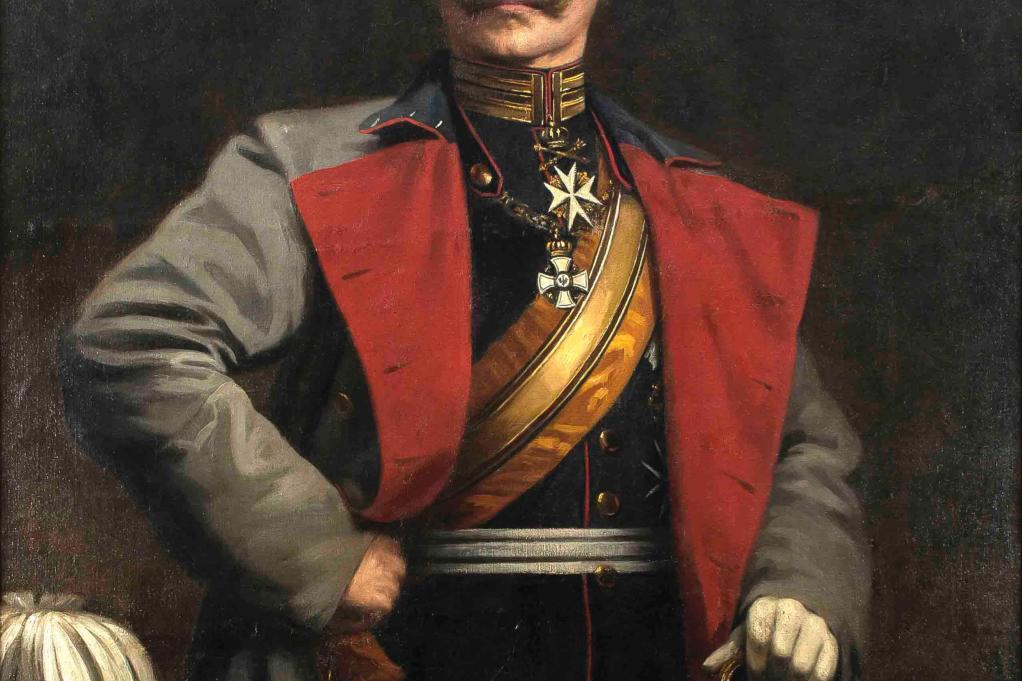News:
German royal heirs give up on artworks taken in war
By Oliver Moody, Berlin

Artworks formerly owned by the family of Prince Georg Friedrich of Prussia, with his wife Princess Sophie, have ended up in national collections, such as this 1797 marble by Johann Gottfried Schadow
As the Red Army encircled Berlin in 1945, its troops swept through the estates of Germany’s former royal family, even trying to bash open the door to their vault with the hilts of sabres.
The palaces were seized by the Soviet occupiers. Their contents, thousands of sculptures, paintings, precious metal ornaments and other memorabilia from five centuries of Prussian dominion, were ultimately claimed as the property of the East German Workers’ and Peasants’ State.
Nearly 80 years on, the head of the dynasty has now renounced his attempts to wrest many of these heirlooms back from Germany’s museums.
Georg Friedrich, Prince of Prussia, the great-great-grandson of the last kaiser, said he no longer wished to pursue the issue through the courts and would voluntarily waive his family’s claim on a portion of its old treasures.

Neues Palais in Potsdam was once a palace of residence for the German imperial family, before the dynasty fell in 1918
The gesture brings to a close one chapter of the dynasty’s complex and contentious 30-year campaign to obtain recompense for its lost possessions, a story that touches on some of the most sore questions in German history.
The Hohenzollern dynasty, previously the rulers of Brandenburg and Prussia, reigned over Germany from its unification in 1871 until the end of the First World War in 1918.
Kaiser Wilhelm II, the last monarch of his line, went into exile in the Netherlands. However, his eldest son, generally known as Crown Prince Wilhelm, returned to Weimar Germany and involved himself in its politics.
Wilhelm initially aligned himself with reactionary conservatives but then publicly lent his support to the Nazis, burnishing Hitler with the fading lustre of the former German empire.
These actions have come back to haunt his descendants in the 21st century. Under German law the Hohenzollerns could in theory be entitled to tens or even hundreds of millions of euros in compensation for the assets that were stripped from them by the Soviet occupation and the East German state.
However, the courts can strike down many of these claims if they find that Crown Prince Wilhelm — the head of the family at the time its estates were seized — “significantly advanced” the Nazis’ rise to power. This is the central question in the tug of war over 4,000 pieces that belonged to the family but are now held by a state-sponsored foundation that looks after about 30 palaces and other former Prussian properties in and around Berlin.
Prince Georg Friedrich of Prussia, who has this week given up his bid to have artworks returned to him
For the past four years Georg Friedrich and his lawyers have been negotiating with the authorities over these assets, which are estimated in some quarters to be worth a nine-figure sum.
The old Hohenzollern treasures in the state museums include a collection of furniture from the mid-17th century, acquired by Friedrich Wilhelm, the “great elector” of Brandenburg.
Among the other notable artworks is Johann Gottfried Schadow’s life-sized marble sculpture of two Prussian princesses from 1797, which now stands in the Old National Gallery in Berlin.
There has also been a long-standing dispute over the 1718 version of the French baroque artist Antoine Watteau’s Embarkation for Cytheraseries.
In 2021, as the talks between the Hohenzollerns and the German government foundered, Georg Friedrich’s lawyer threatened to withdraw these loans. Lately, however, the head of the family appears to have had a change of heart. “I’ve reached the conclusion that it can’t be right to thrash out this question [of Wilhelm’s guilt] in court,” he told Die Welt.
“The case would probably last at least ten years. For this reason as the head of the Hohenzollern dynasty I waive the claim on the artworksand compensation from this part of the dispute.”
A portrait of the German Emperor Wilhelm II; his descendant Georg Friedrich had waged a campaign to get art taken from the family returned
The decision affects only the 4,000 artworks seized by the Soviet occupation from 1945 to 1949. Georg Friedrich said he still hoped to reach a settlement on another 6,000 that are either on permanent loan or were in his view never formally expropriated from the family.
He added that he wanted to “clear the way for an unencumbered debate” about his forebear’s culpability in Hitler’s rise to power. In the early stages of the dispute several historians, including the Cambridge professor Christopher Clark, argued that Wilhelm had either been a marginal figure or a clandestine opponent of the Nazis.
Since then Clark has changed his mind and a highly critical book about the Hohenzollerns’ relations with the Nazis by Stephan Malinowski has been awarded Germany’s leading award for non-fiction.
In response Georg Friedrich has softened the tone of his statements, welcoming Malinowski’s findings and calling for a more open discussion of Wilhelm’s record.
He is expected to present a cache of papers on the subject from the family archive.


